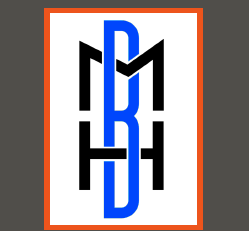
Persian New Year: Nowruz
Mar 18, 2017 @ 5:30pm
5:30 PM: Crafting Nowruz: A family Workshop – Nowruz, which means “New Day,” is an ancestral holiday marking the first day of spring. In the Iranian/Persian tradition, a special table setting is made. In this workshop, families will learn about Nowruz and create their own table setting by decorating and painting eggs and using papercrafts. Co-facilitated by Sareh Imani and Sahar Muradi.
7:00 pm: Poetry Reading and Performance
Amir Vahab will read the poetry of Hafez, which is also used to tell fortunes. Audience members will be able to ask their own questions to the poet. Music performance by Vatan, a group of Middle Eastern-American musicians who blend the lines between Persian folk music and country, funk and rock, as they revive classic tunes while building new ones. Presented in conjunction with the City Lore exhibit, Poetic Voices of the Muslim World.
Nowruz, the Persian New Year
Nowruz or Nooruz is translated from Farsi as “New Day.” It is celebrated at the spring equinox in Iran (ancient Persia), Afghanistan, Azerbaijan, Tajikistan, Turkey, Iraq and Syria. The celebration recognizes the time of rebirth, the return of the light, and the coming of spring and shares similar elements with spring holidays in other cultures, such as the Christian Easter. Nowruz predates Islam and has its origins in the Zoroastrianism religion so it predates Islam, though today it is celebrated as a secular holiday as well. Zoroastrianism is based on the teachings of the Persian prophet Zoraster (best known in the West by his Greek name, Zarathushtra). Though there is much debate as to when he lived, many scholars place the date of his birth between 1500 and 1200 BCE. Zoroastrianism is one of the oldest monotheistic religions and has influenced Mahayana Buddhism, Judaism, Christianity and Islam. To the latter three it gave many concepts including the idea of a cosmic struggle between the forces of Good and Evil; a hierarchy of celestial beings (angels) who mediate between God and humanity; and the coming of a Messiah.
Nowruz eve is called Chaharshanbe Suri. At this time bonfires, symbolizing enlightenment and happiness, are lit and participants take turns jumping over the fire. During Nowruz the next day, the centerpiece of the celebration has come to be the ceremonial table which is covered with a white cloth, Haft-seen, which is known as the cloth of seven dishes since seven has been an auspicious number since ancient times in Persia. These items are (the symbolism varies according to different sources):
—sprouts (sabzeh) which symbolize rebirth
—a pudding paste (samanu) made from germinating wheat for growth —apple (seeb) for health
—the fruit of the lotus tree (senjed) for love
—garlic (seer) which represents health and wisdom
—sumac berries (somaq) to represent shelter and security
—vinegar (serkeh) for patience and tolerance
The table may also include a few coins to represent prosperity, a basket of painted eggs to represent fertility, a goldfish to symbolize life, rosewater for cleansing and a mirror as a reflection of Creation.
